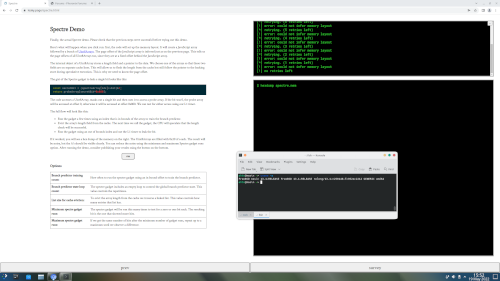Originally posted by lgerbarg
View Post
 But it's definitely not relevant to "newer ssds" as claimed by the OP.
But it's definitely not relevant to "newer ssds" as claimed by the OP.Anyway, I can't even begin to name all the things that can go wrong with a feature like this. And I sure as hell hope that my own SSD does not screw around with what it thinks to be free space on my partitions on its own!



Comment